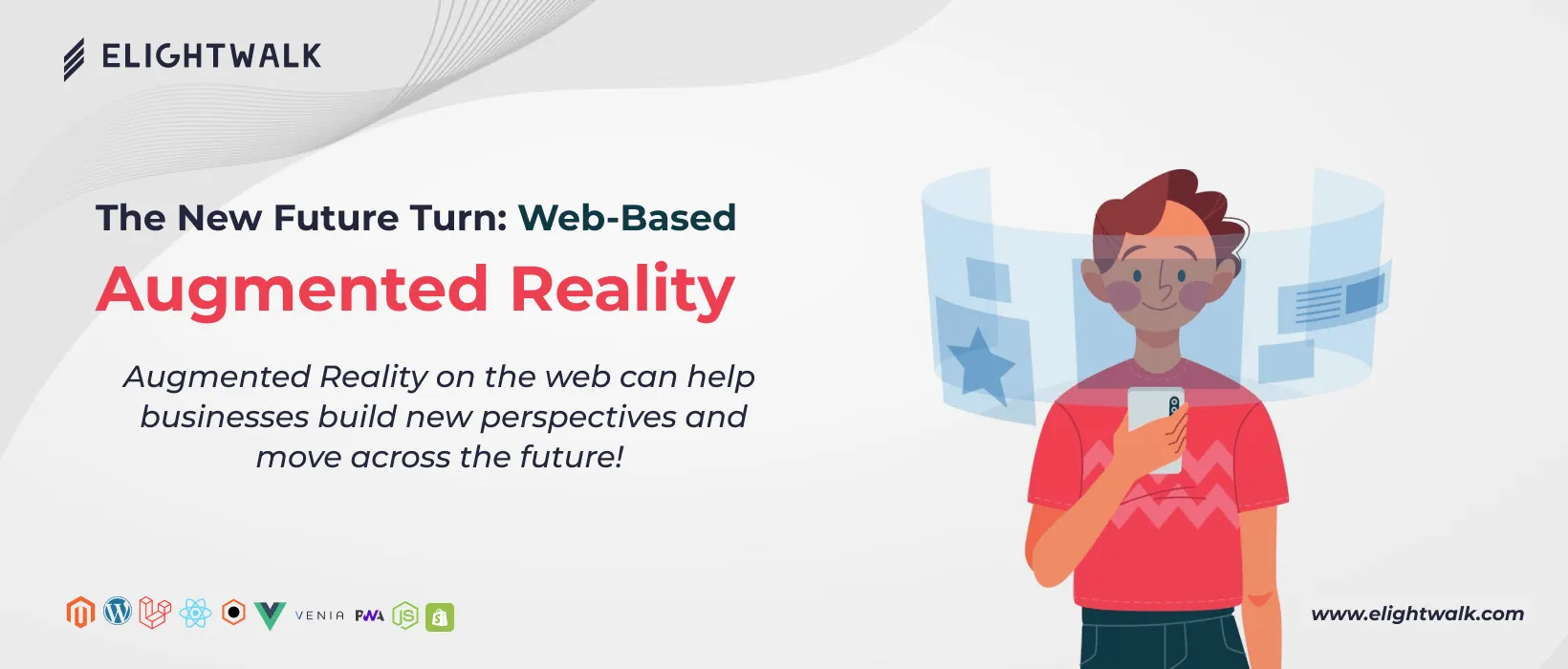Augmented reality resolved many challenges in the market, but upgrading technology and web-based AR technology are now thriving. Here are some beneficial facts that surprise the technology why choosing web-based AR.
Development Time and Cost:
Web AR is significantly speedier and more cost-effective than (sic) ordinary app-based AR. It uses popular web technologies such as HTML, CSS, and JavaScript, which many developers know, reducing the learning curve. Moreover, the browser-based AR service prevents you from submission and approval processes of an app that are time and cost-consuming. The advantages of AR on the web are that users can quickly update the app via a URL without downloading new versions, making the app deployment, maintenance, and function more efficient.
Cross-Platform Compatibility:
Web AR provides unequaled cross-platform compatibility. It is equally effective on any device or OS, such as smartphones, tablets, desktop PCs, and even smart glasses. Compared to AR applications, which are usually only compatible with one OS (iOS or Android), Web AR is much more accessible, gaining more people's interest and attention.
Universal Compatibility:
Web AR is compatible with the most popular web browsers worldwide, so that it can be used by over 92% of the internet. That (sic) high compatibility factor is the top reason for choosing it to create AI experiences that would be way out there. Whether dealing with a global audience or a local market, Web AR ensures that your content is accessible to 92% of the users.
Instant Changes & KPI Measurement:
Web AR has this new feature where you can immediately update the content without the long processes associated with traditional app-based ARs. In the standard app creation process, the changes must be made separately for Android and iOS, with the apps compiled and published independently, and stores like Google Play and Apple require long approval times. You can speed up the process and determine the KPIs instantly without store validation delay.
Wide Distribution:
Web AR experiences can easily be shared through simple URLs or embedded into websites, making them accessible to a broad audience. This fact is much easier to share than app-based ARs, which are needed to be downloaded from app stores. Thus, businesses, marketers, and educators can reach and interact with their audiences quickly, regardless of the method used, i.e., through social media, direct website embeds, or shared links.
Ease of Use:
One of the greatest things about the web AR solution is that it is a more user-friendly platform as it runs directly in a browser without users needing to download an app. Consequently, the process gets faster, and the users find it more convenient. On the other hand, app-based ARs create a lot of hurdles; for instance, a user has to download the app or scan the QR codes, which can result in creating frustrations and lead users to the desertion of the experience.
Time to Access Content:
Web AR is the best medium for providing content in less time. Unlike app-based ARs, which can be realized by downloading and configuring, web ARs, on the other hand, allow users to engage with AR content in just a few seconds. Instant availability is vital to engage the user since surveys prove that users decide if the content is relevant in just up to 3 seconds. In the case of Web AR, you will guide the user through the process and deliver the most compelling AR content in the blink of an eye.
Flexibility & Ease of Updates:
Web AR is the most flexible and easy-to-renew tool, a big deal nowadays. Changes can be seen directly on the web page, and users can always access fully functional content because updates can be made directly on the web page or URL. In contrast, app-based AR apps, installed according to the user's needs, can cause some potential stoppage when downloading updates from app stores.
Web AR is set apart from app-based AR because of its simplicity, cost-effectiveness, broad reach, cross-platform compatibility, ease of distribution, and update flexibility. The former is more convenient and powerful.



